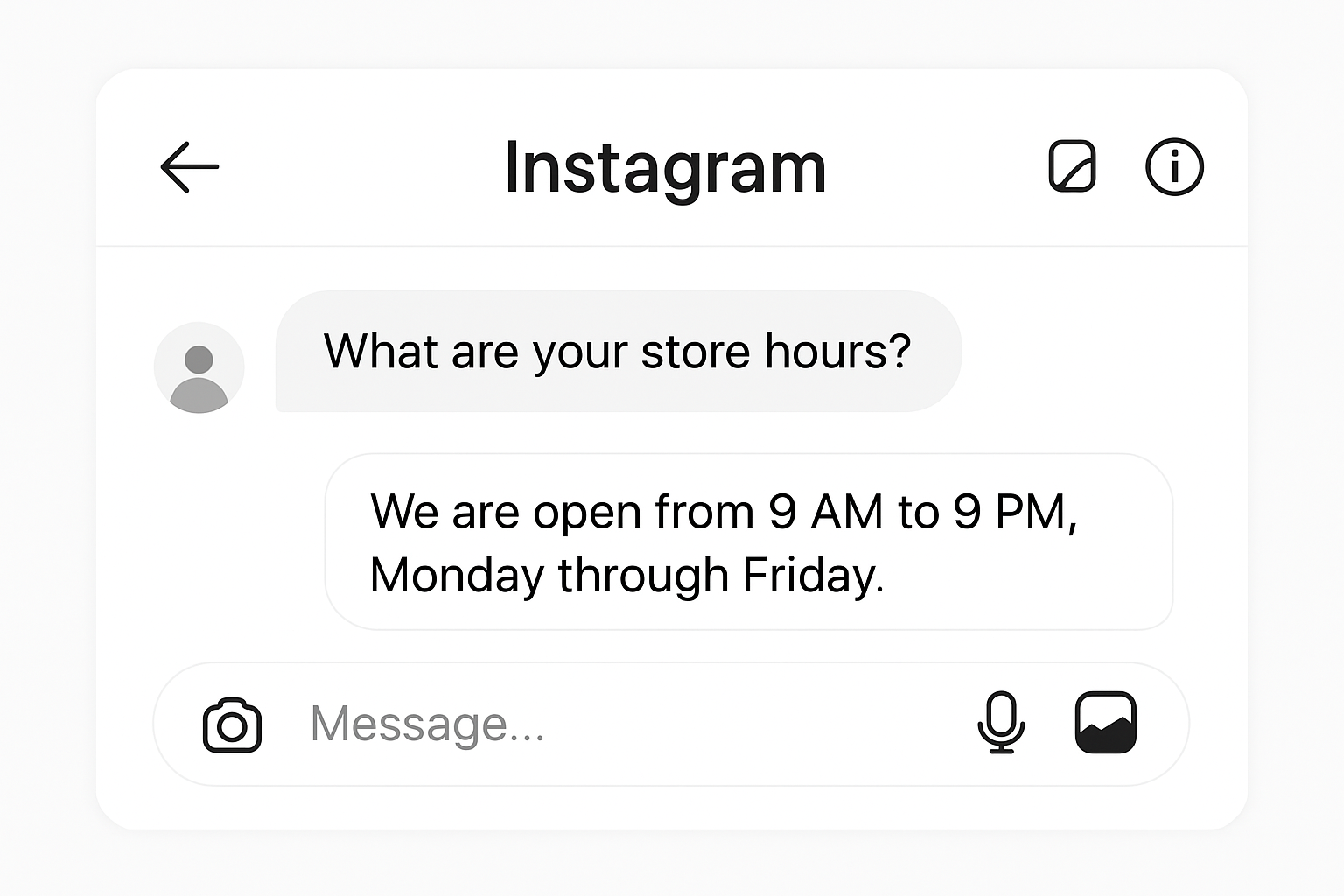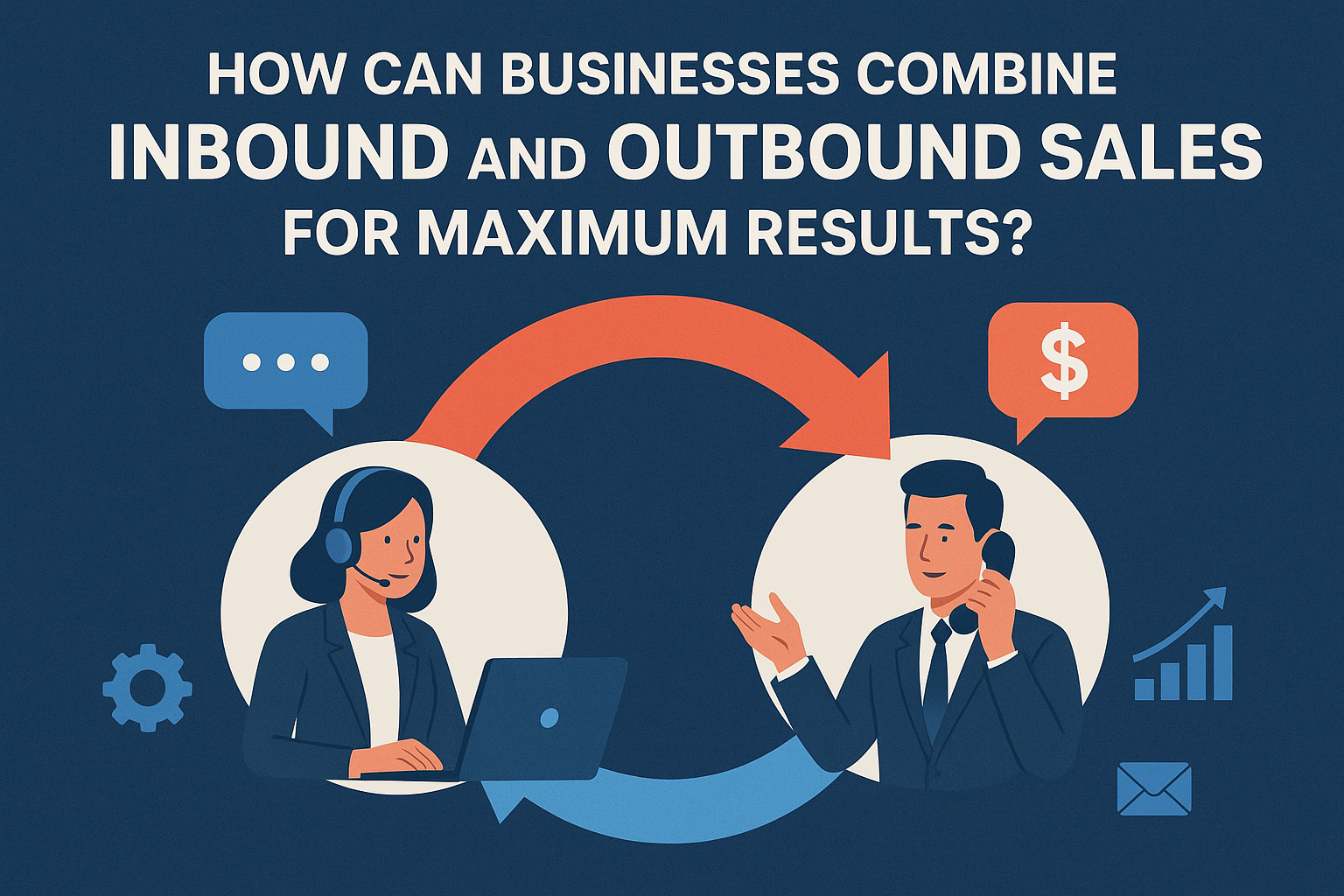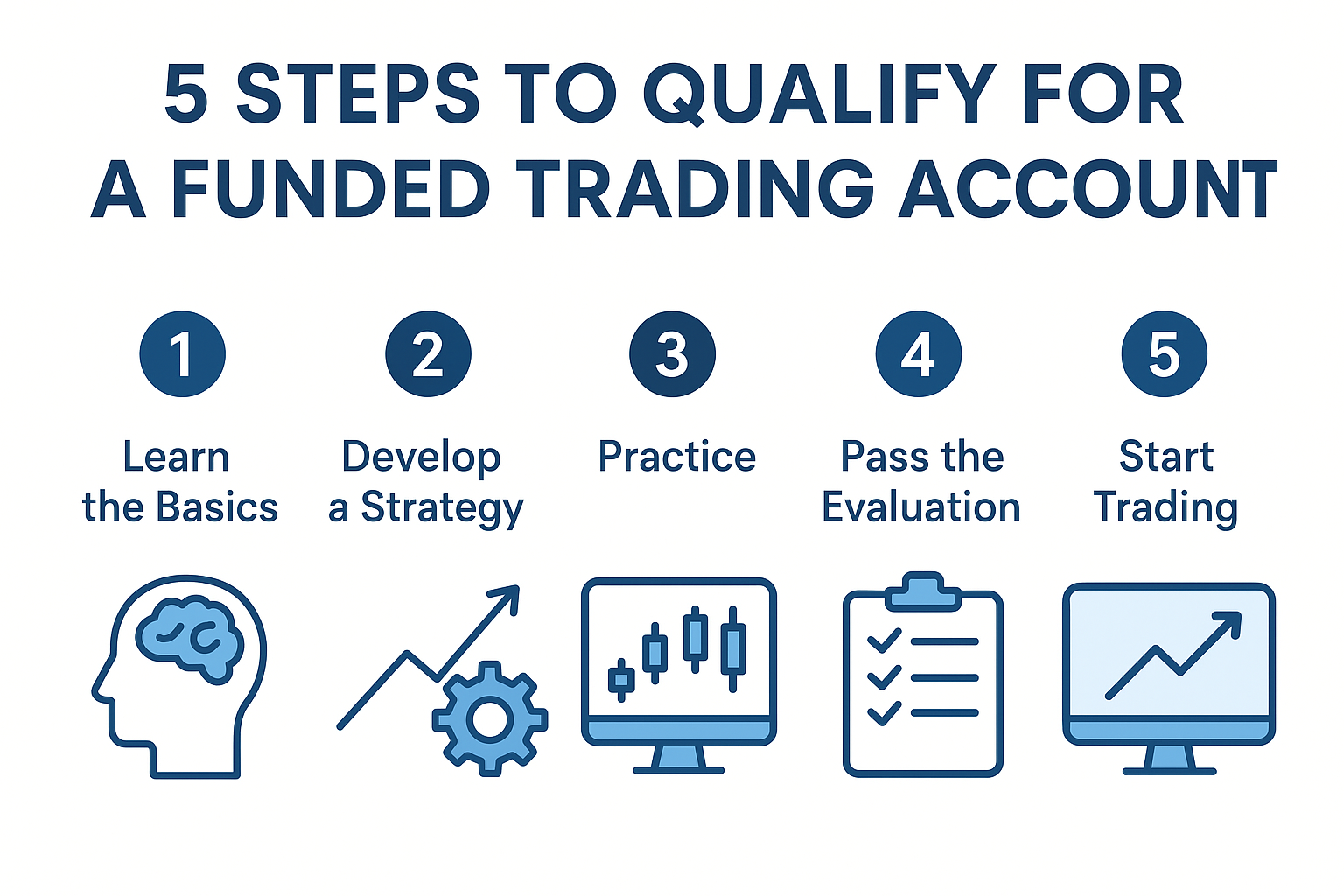How to Effectively Use Influencer Marketing in the Digital Age
- 1 Types of Influencers
- 2 Benefits of Influencer Marketing
- 3 Steps to Effective Influencer Marketing
- 3.1 1. Define Your Goals
- 3.2 2. Identify the Right Influencers
- 3.3 3. Build Relationships
- 3.4 4. Develop Creative Campaigns
- 3.5 5. Leverage Multiple Platforms
- 3.6 6. Monitor and Measure Performance
- 3.7 7. Maintain Authenticity
- 3.8 8. Stay Compliant
- 4 Case Studies of Successful Influencer Marketing Campaigns
- 4.1 1. Daniel Wellington
- 4.2 2. Glossier
- 4.3 3. Gymshark
- 5 Challenges and How to Overcome Them
- 5.1 1. Finding the Right Influencers
- 5.2 2. Measuring ROI
- 5.3 3. Ensuring Authenticity
- 5.4 4. Navigating Regulations
- 6 Conclusion
Influencer marketing has become a cornerstone of effective marketing strategies in the digital age. Brands leverage the reach and credibility of influencers to connect with audiences more authentically and engagingly. However, to harness the full potential of influencer marketing, it’s essential to understand its nuances and implement it strategically. But with the digital landscape constantly changing, how can businesses effectively use influencer marketing today? One powerful tool that can amplify influencer efforts is LinkedIn Dynamic Ads, and we’ll explore how they fit into this strategy.
This article delves into the critical aspects of influencer marketing, offering insights and practical tips for businesses to utilize this powerful tool effectively.
Types of Influencers

- Mega-Influencers: Typically, celebrities with millions of followers. They have a vast reach but may lack a personal connection with their audience.
- Macro-Influencers: Individuals with a following between 100,000 to 1 million. They often have niche-specific audiences and are considered experts in their fields.
- Micro-Influencers: Those with 1,000 to 100,000 followers. They tend to have high engagement rates and a strong follower bond.
- Nano-Influencers: Individuals with less than 1,000 followers. They have a niche audience and often influence their small community significantly.
Benefits of Influencer Marketing
- Authenticity and Trust: Influencers are seen as trusted sources of information. Their endorsements can lend credibility to a brand and foster trust among their followers.
- Targeted Reach: Brands can effectively reach specific demographics and niche markets through influencers catering to those segments.
- Enhanced Engagement: Influencer-generated content often garners higher engagement rates than traditional advertising, increasing visibility and interaction.
Steps to Effective Influencer Marketing

1. Define Your Goals
Start by clearly defining what you aim to achieve with influencer marketing. Common goals include brand awareness, lead generation, increased sales, and enhanced social media presence. Having clear objectives will guide your strategy and help measure the success of your campaigns.
2. Identify the Right Influencers
Choosing the right influencers is crucial. Consider the following factors:
- Engagement: Look beyond follower count and assess the influencer’s engagement rates. High engagement indicates a strong connection with their audience.
- Authenticity: Opt for influencers who create genuine and relatable content rather than overly promotional posts.
3. Build Relationships
Successful influencer marketing is rooted in solid relationships. Approach influencers who are genuinely interested in their work and be transparent about your expectations. Building a rapport can lead to more authentic and enthusiastic endorsements.
4. Develop Creative Campaigns
Work collaboratively with influencers to develop creative and engaging campaigns. Allow influencers the creative freedom to craft content that resonates with their audience while subtly integrating your brand message. This approach ensures the content feels organic and authentic.
5. Leverage Multiple Platforms
Influencers are active on various social media platforms, including Instagram, YouTube, TikTok, Twitter, and blogs. Identify where your target audience spends most of their time and tailor your campaigns to those platforms. Each platform offers unique content formats and engagement opportunities.
6. Monitor and Measure Performance
Track the performance of your influencer marketing campaigns using key metrics such as engagement rates, reach, website traffic, and conversions. Utilize tools and analytics to gain insights into what works and doesn’t. Regularly reviewing performance data allows you to optimize your strategy for better results.
7. Maintain Authenticity
Authenticity is the cornerstone of influencer marketing. Encourage influencers to share genuine experiences with your products or services. Authentic content fosters trust and credibility, making it more effective in influencing purchasing decisions.
8. Stay Compliant
Ensure that all influencer partnerships comply with advertising regulations and guidelines. Influencers should disclose sponsored content transparently to maintain trust with their audience and adhere to legal requirements.
Case Studies of Successful Influencer Marketing Campaigns
1. Daniel Wellington
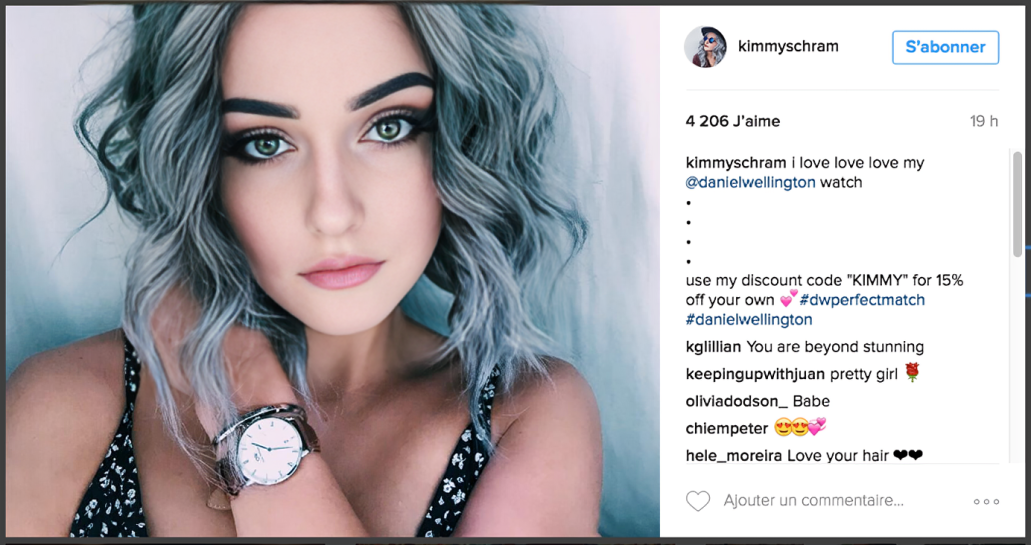
Daniel Wellington, a watch brand, effectively utilized influencer marketing to achieve rapid growth. They partnered with influencers across various niches, providing free watches and personalized discount codes. The strategy increased brand awareness and drove significant sales, establishing Daniel Wellington as a prominent player in the watch industry.
2. Glossier
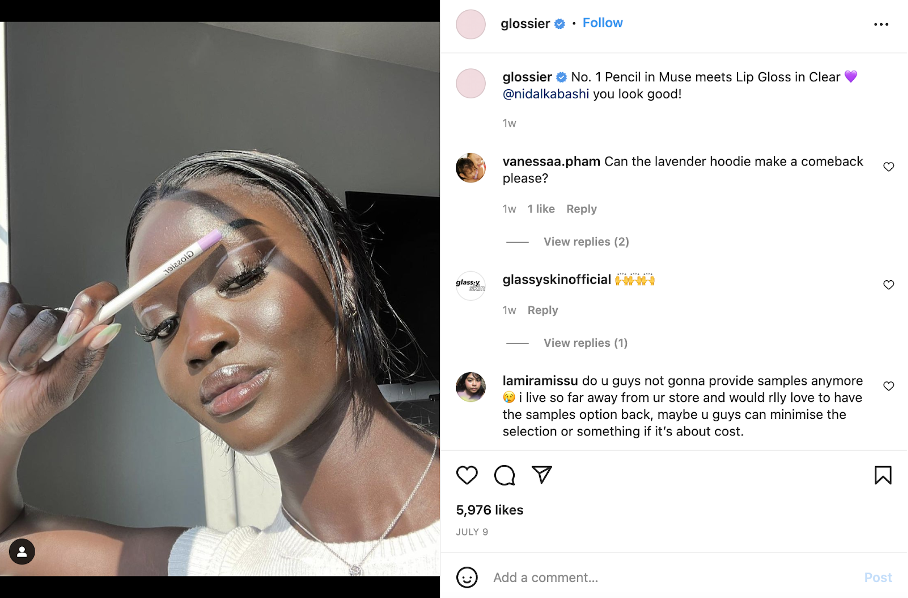
Glossier, a beauty brand, leveraged micro-influencers to build a strong community around their products. By encouraging everyday users to share their experiences on social media, Glossier created a sense of authenticity and trust. This user-generated content strategy helped Glossier grow a loyal customer base and achieve a substantial market presence.
3. Gymshark
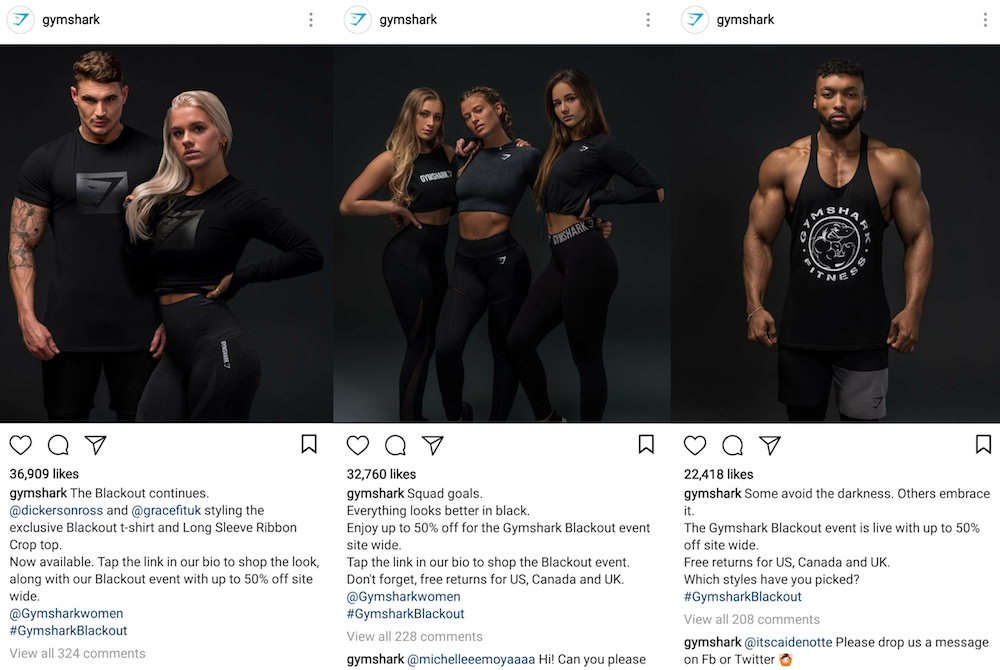
Gymshark, a fitness apparel brand, collaborated with fitness influencers to showcase their products. They focused on building long-term relationships with influencers who genuinely believed in their brand. This approach resulted in highly engaging and authentic content, driving brand loyalty and increased sales.
Challenges and How to Overcome Them
1. Finding the Right Influencers
Identifying the perfect influencers for your brand can be challenging. Look for influencers who align with your brand values and genuinely connect with their audience.
2. Measuring ROI
Measuring the return on investment (ROI) of influencer marketing can be complex. Define clear metrics and use tracking tools to monitor performance. Consider both quantitative and qualitative metrics to get a comprehensive view of your campaign’s impact.
3. Ensuring Authenticity
Inauthentic endorsements can harm your brand’s reputation. Choose influencers who align with your brand’s ethos and allow them creative freedom to ensure their content feels genuine and relatable.
4. Navigating Regulations
Stay updated on advertising regulations and ensure compliance in all influencer partnerships. Communicate the need for disclosure and provide guidelines to influencers to maintain transparency.
Conclusion
When executed effectively, influencer marketing can be a powerful tool in the digital age. By carefully selecting influencers, fostering genuine relationships, and creating authentic content, brands can harness the full potential of influencer marketing. Stay adaptable, continuously monitor performance, and be willing to refine your strategy to stay ahead in the ever-evolving digital landscape. Influencer marketing can drive significant growth and success for your brand through strategic and thoughtful implementation.
Businesses can enhance their influencer marketing strategies and achieve significant results by carefully selecting the right influencers, crafting compelling campaigns, and leveraging tools like LinkedIn Dynamic Ads. Staying adaptable and innovative will be key to maintaining effective influencer partnerships as the digital landscape evolves.





